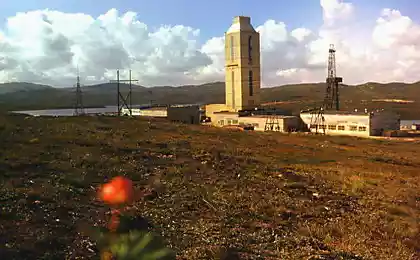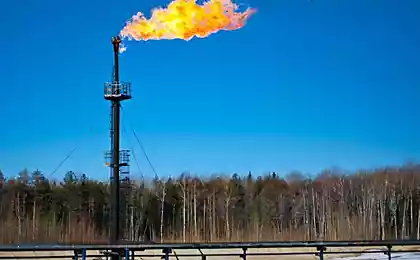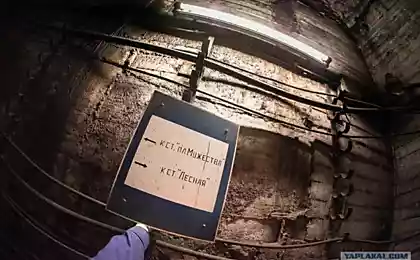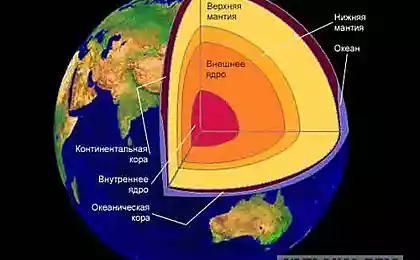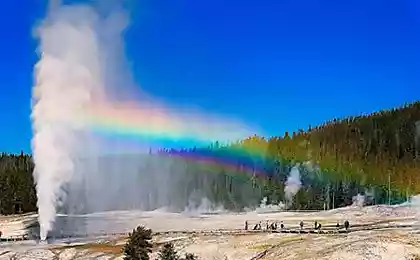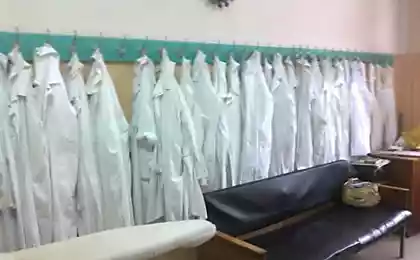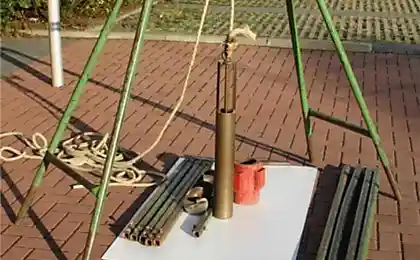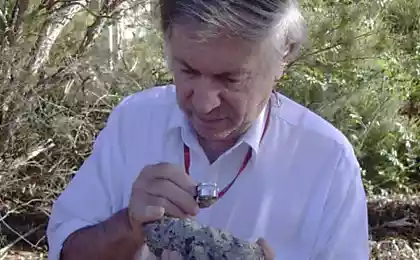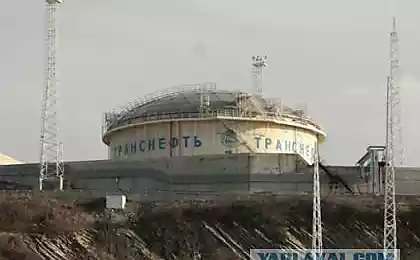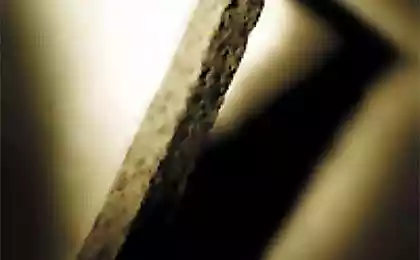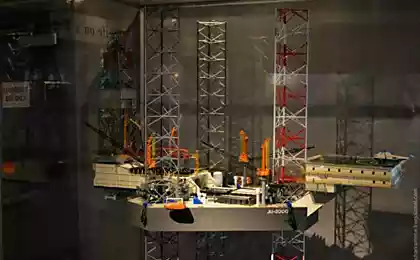644
About ultradeep drilling
A bit of history.
Today on the Kola super-deep drilling do not lead, it stopped in 1992. SG was not the first and not the only program in the study of the deep structure of the Earth. From overseas three wells reached a depth of 9, 1 to 9, 6 km. It was planned that one of them (in Germany) will surpass Kola. However, drilling in all three, as well as on the SG, it has been terminated due to accidents and technical problems still can not be continued.
The tasks set in the deep drilling project are made. Designed and developed special equipment and technology of deep drilling, as well as for the study in great depth drilled wells. Received the information, we can say from first-hand about the physical condition, properties and composition of the rocks in their natural bedding and cores to a depth of 12,262 meters.
Great gift homeland issued well in shallow water - in the range 1, 6-1, 8 km. There were revealed Industrial copper-nickel ores - discovered a new ore horizons. And very handy, because the local nickel plant is not enough ore.
As noted above, the geological prognosis section of the well was not justified. The painting, which is expected in the first 5 km, well stretched for 7 km, and then there were quite unexpected rock. Projected at a depth of 7 km of basalt did not find, even when dropped up to 12 km.
It was expected that the border that gives the greatest reflection of the seismic sensing, - this is the level where the granites transformed into more durable basalt layer. In fact, it turned out that there are less strong and less dense fractured rock - Archean gneisses. This did not anticipate. This is a radically new geological and geophysical data, which allows us to interpret the data differently deep geophysical studies.
Unexpectedly, there were also a fundamentally new information about the process of mineralization in the deep layers of the earth's crust. So, at the depths of 9-12 km we met highly porous fractured rocks saturated with highly mineralized underground waters. These waters - one of the sources of mineralization. Previously we believed that this is possible only at much shallower depths. It is in this range in the core found a high content of gold - up to 4 grams per 1 ton of rock (the concentration that is considered suitable for industrial development). But will there ever be a cost-effective extraction of gold from that depth?
Changed and the idea of the Earth's interior thermal conditions, the temperature distribution on the deep basalt boards in the regions. At a depth of more than 6 km obtained a temperature gradient of 20 ° C for 1 km instead of the expected (and top) 16oS 1 km. It revealed that half of the heat flow is radiogenic.
Drilled unique Kola super-deep well, we learned a lot and at the same time to understand how little we know about the structure of the planet.
We see the problem is not in vain drilling ultradeep wells in complexity compared with the flight into space, with a long space mission to another planet. Rock samples extracted from the bowels of the earth, are not less interesting than the samples of lunar soil. Delivered Soviet Lunokhod ground explored in various institutions, including the Kola Scientific Center. It turned out that the composition of the lunar soil is almost completely corresponds to the rocks extracted from the Kola borehole at a depth of about 3 km.
via
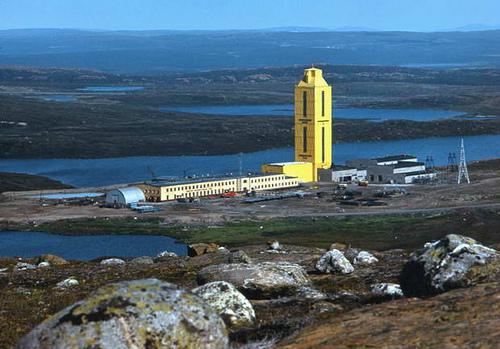
10,000 meters have!
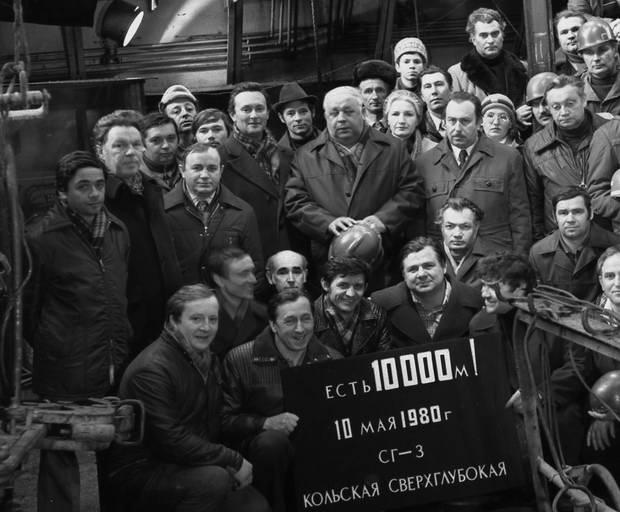
give 15,000! (alas, did not give ...)
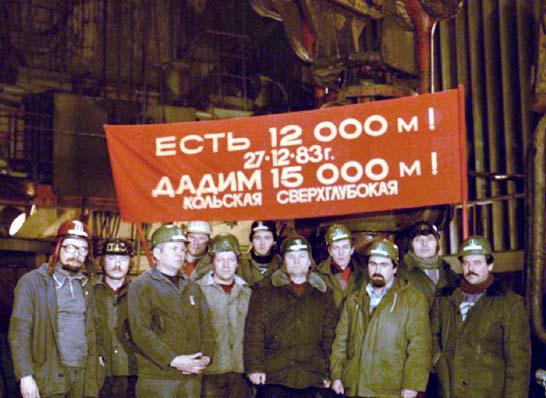
Clearing the core to the surface

Lessons core.
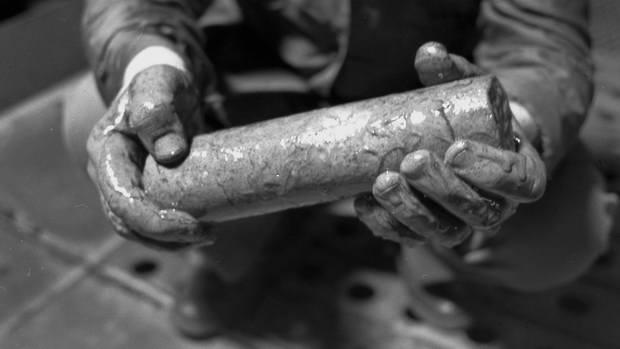
The eruptive basalt breccia at a depth of 2977 m 8
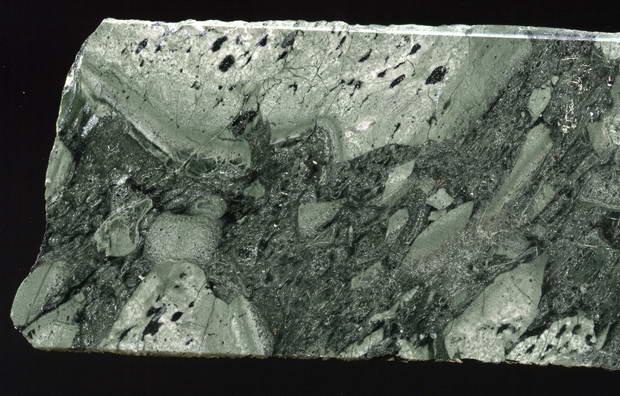
Placing drill
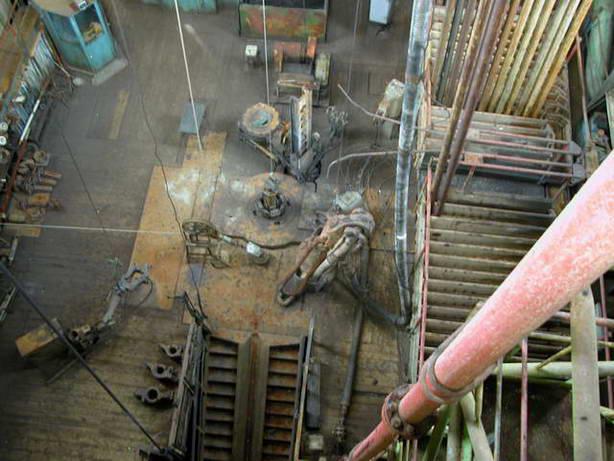
Drillers at the wellhead.
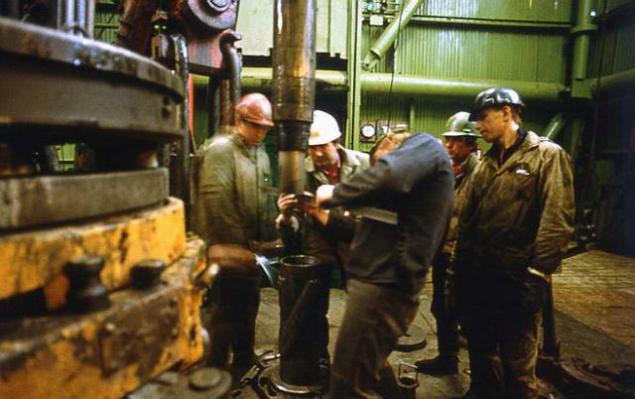
Chetyrёhsharoshechnoe bit.

And now, my friends, once you've read doasyuda, you'll see something from which you will certainly not good.
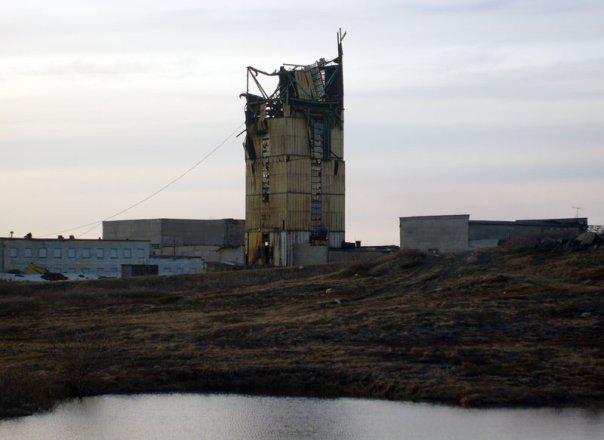

So, one more superobekt who worked decades, was buried.
Sad, but true ... And I naively thought that there still goes on as usual drilling. Say "thank you" power to prevent this.
www.mvestnik.ru/shwpgn.asp?pid=200710102106
Source:
Today on the Kola super-deep drilling do not lead, it stopped in 1992. SG was not the first and not the only program in the study of the deep structure of the Earth. From overseas three wells reached a depth of 9, 1 to 9, 6 km. It was planned that one of them (in Germany) will surpass Kola. However, drilling in all three, as well as on the SG, it has been terminated due to accidents and technical problems still can not be continued.
The tasks set in the deep drilling project are made. Designed and developed special equipment and technology of deep drilling, as well as for the study in great depth drilled wells. Received the information, we can say from first-hand about the physical condition, properties and composition of the rocks in their natural bedding and cores to a depth of 12,262 meters.
Great gift homeland issued well in shallow water - in the range 1, 6-1, 8 km. There were revealed Industrial copper-nickel ores - discovered a new ore horizons. And very handy, because the local nickel plant is not enough ore.
As noted above, the geological prognosis section of the well was not justified. The painting, which is expected in the first 5 km, well stretched for 7 km, and then there were quite unexpected rock. Projected at a depth of 7 km of basalt did not find, even when dropped up to 12 km.
It was expected that the border that gives the greatest reflection of the seismic sensing, - this is the level where the granites transformed into more durable basalt layer. In fact, it turned out that there are less strong and less dense fractured rock - Archean gneisses. This did not anticipate. This is a radically new geological and geophysical data, which allows us to interpret the data differently deep geophysical studies.
Unexpectedly, there were also a fundamentally new information about the process of mineralization in the deep layers of the earth's crust. So, at the depths of 9-12 km we met highly porous fractured rocks saturated with highly mineralized underground waters. These waters - one of the sources of mineralization. Previously we believed that this is possible only at much shallower depths. It is in this range in the core found a high content of gold - up to 4 grams per 1 ton of rock (the concentration that is considered suitable for industrial development). But will there ever be a cost-effective extraction of gold from that depth?
Changed and the idea of the Earth's interior thermal conditions, the temperature distribution on the deep basalt boards in the regions. At a depth of more than 6 km obtained a temperature gradient of 20 ° C for 1 km instead of the expected (and top) 16oS 1 km. It revealed that half of the heat flow is radiogenic.
Drilled unique Kola super-deep well, we learned a lot and at the same time to understand how little we know about the structure of the planet.
We see the problem is not in vain drilling ultradeep wells in complexity compared with the flight into space, with a long space mission to another planet. Rock samples extracted from the bowels of the earth, are not less interesting than the samples of lunar soil. Delivered Soviet Lunokhod ground explored in various institutions, including the Kola Scientific Center. It turned out that the composition of the lunar soil is almost completely corresponds to the rocks extracted from the Kola borehole at a depth of about 3 km.
via

10,000 meters have!

give 15,000! (alas, did not give ...)

Clearing the core to the surface

Lessons core.

The eruptive basalt breccia at a depth of 2977 m 8

Placing drill

Drillers at the wellhead.

Chetyrёhsharoshechnoe bit.

And now, my friends, once you've read doasyuda, you'll see something from which you will certainly not good.


So, one more superobekt who worked decades, was buried.
Sad, but true ... And I naively thought that there still goes on as usual drilling. Say "thank you" power to prevent this.
www.mvestnik.ru/shwpgn.asp?pid=200710102106
Source:
